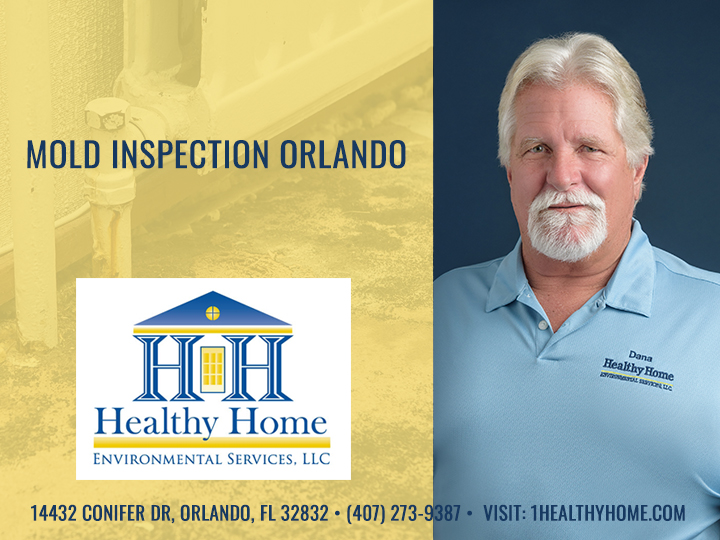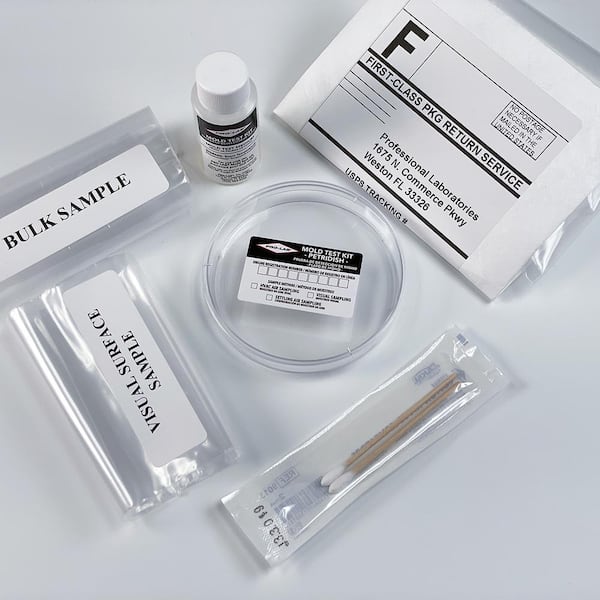Why Mycotoxin Testing Solutions Are Essential for Protecting Public Health
The significance of mycotoxin testing solutions in guarding public health and wellness can not be overstated. Mycotoxins, hazardous compounds produced by fungi, posture significant wellness risks such as liver damage and cancer when present in food and feed.
Understanding Mycotoxins
Comprehending mycotoxins is critical for making certain food security and shielding public health. Mycotoxins are hazardous substances produced by specific kinds of fungis, generally discovered in food and feed crops. These fungis can multiply in a range of conditions, especially in moist and warm environments, bring about contamination during pre-harvest, storage, or processing stages. One of the most widespread mycotoxins consist of aflatoxins, ochratoxin A, fumonisins, and trichothecenes, each with distinct chemical frameworks and toxicological properties.
The presence of mycotoxins in foods can endanger their safety and security and high quality. They are resistant to standard food processing techniques, thereby continuing in the food supply chain and positioning prospective threats. Governing bodies worldwide, such as the Food and Agriculture Organization (FAO) and the Globe Health And Wellness Organization (THAT), have set stringent limits on appropriate levels of mycotoxins in food to alleviate their unfavorable results.
Reliable mycotoxin management involves extensive surveillance and screening to detect and measure their degrees in agricultural products. This positive technique aids in identifying contaminated sets early, therefore preventing their intro right into the market. Carrying out strict mycotoxin controls is necessary for maintaining food security standards and protecting customer health and wellness.
Health Threats of Mycotoxins

Exposure to mycotoxins postures substantial health and wellness dangers to both people and pets, demanding vigilant tracking and control steps. These harmful additional metabolites, produced by particular fungi, can infect food and feed, causing persistent and severe health and wellness problems. In human beings, mycotoxins such as fumonisins, ochratoxins, and aflatoxins can create a series of adverse results, consisting of liver damages, kidney toxicity, immune suppression, and also cancer causing impacts. For instance, aflatoxins have actually been categorized as Team 1 carcinogens by the International Company for Research Study on Cancer (IARC), indicating a tried and tested link to liver cancer.

Offered these severe health effects, it is necessary to carry out durable mycotoxin testing procedures. Precise detection and metrology of mycotoxins in food and feed are necessary to reduce wellness threats and ensure public and animal safety.
Typical Resources of Contamination

In addition to cereals, nuts such as almonds, pistachios, and peanuts are very susceptible to mycotoxin contamination. Aflatoxins, a powerful form of mycotoxin, are frequently located in these nuts, particularly when storage problems are suboptimal. Dried out fruits, including raisins, apricots, and figs, use this link also existing productive premises for fungal development due to their high sugar content and moisture-retaining residential read more properties.
Additionally, contamination is not restricted to raw agricultural items. Refined foods, animal feeds, and milk items can likewise consist of mycotoxins if the initial ingredients were infected. This prolongs the threat of direct exposure throughout the food supply chain, necessitating stringent tracking and control procedures.
Recognizing the common sources of mycotoxin contamination is vital for carrying out effective preventative approaches. Mitigating these threats at the resource can significantly lower the incidence of mycotoxin-related health concerns, protecting public wellness.
Evaluating Methods and Procedures
Advanced analytical methods are used to detect and measure mycotoxins in numerous substratums, making sure public health and wellness safety and security. High-Performance Fluid Chromatography (HPLC) combined with mass spectrometry (MS) is a gold criterion in mycotoxin screening, supplying high sensitivity and specificity.
An additional widely used approach is Enzyme-Linked Immunosorbent Assay (ELISA), which offers fast testing and is affordable for large sample volumes - Mycotoxin testing Services. ELISA packages are helpful because of their simplicity of use and quick turn-around time, making them appropriate for on-site screening
Experiencing methods are just as important. Proper sampling guarantees that the gathered specimens are depictive of the entire batch, thus reducing the threat of false downsides or positives. Adherence to established standards, such as those offered by the International Organization for Standardization (ISO) and the European Board for Standardization (CEN), is essential for keeping consistency and dependability across testing practices.
Rigorous validation of these methods and procedures is indispensable. It makes certain reproducibility and accuracy, thereby fortifying the stability of mycotoxin management systems.

Advantages of Normal Evaluating
In the world of food security and agricultural quality assurance, the advantages of normal mycotoxin screening can not be overstated. Consistent screening makes sure that farming items fulfill security requirements, thus protecting customers from the hazardous results of mycotoxins, which consist of liver damages, immune suppression, and even cancer. By recognizing infected batches early, regular screening permits for timely treatment, my link preventing such items from entering the food web.
In addition, regular mycotoxin testing is crucial for preserving the honesty and online reputation of food producers and distributors. Companies that devote to routine screening show their dedication to public health and food security, therefore acquiring consumer trust and loyalty. This proactive approach can likewise reduce financial losses connected with product recalls, legal obligations, and possible trade limitations.
Normal mycotoxin testing ensures adherence to national and worldwide guidelines, promoting smooth trade procedures and market accessibility. Eventually, regular mycotoxin screening not just safeguards public wellness but additionally strengthens the financial stability and worldwide competitiveness of the farming industry.
Conclusion
Mycotoxin screening services play an important role in public health protection by determining and reducing the dangers postured by poisonous fungal compounds in food and feed. By finding contamination early, these solutions prevent major wellness issues such as liver damage and cancer, making certain conformity with governing criteria. Regular screening enhances consumer depend on, supports the honesty of the agricultural industry, and inevitably adds to the guarding of food safety and security and public wellness.
The significance of mycotoxin testing solutions in securing public health and wellness can not be overstated.Understanding mycotoxins is critical for ensuring food safety and securing public health. Mycotoxin testing Services. Regulatory bodies worldwide, such as the Food and Farming Organization (FAO) and the Globe Health Organization (THAT), have actually established stringent restrictions on acceptable degrees of mycotoxins in food items to minimize their unfavorable results
Ultimately, regular mycotoxin testing not only secures public wellness but also strengthens the economic security and international competition of the farming market.
Mycotoxin testing services play a vital role in public health and wellness protection by determining and mitigating the threats postured by hazardous fungal substances in food and feed.